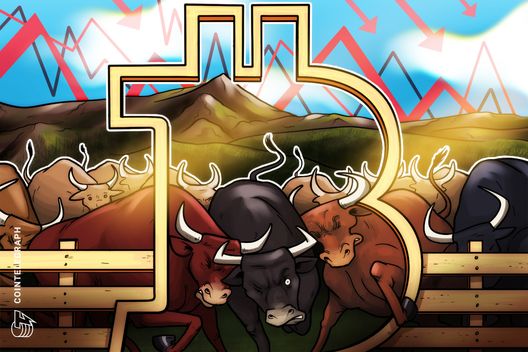Circle, an influential player in the financial sector and the issuer behind the stablecoin USD Coin (USDC), reached historical heights on June 16 when its shares spiked to an unprecedented $165.60. This landmark achievement pushed the company’s market valuation to a staggering $33.617 billion, a substantial 434% surge from its initial public offering price of $31. This significant upswing highlights the increasing impact the stablecoin market is exerting on the financial landscape, as substantiated by data from Wu Blockchain. USDC, a paramount offering by Circle, currently ranks as the second-largest stablecoin. The company, headquartered in the United States, works in tandem with financial institutions and has garnered considerable investor confidence through adherence to both prevailing and forthcoming regulations.
What Defines the Stablecoin Landscape?
In an exhaustive analysis by Wu Blockchain, the foremost stablecoin projects were evaluated for their market dominance and collateral frameworks. Tether’s USDT leads with a commanding market worth of $155.51 billion, its backing a blend of US dollar cash reserves and short-term Treasury bills. USDC, presented by Circle, follows with a value of $61.58 billion, likewise supported by cash and Treasury holdings.
The exploration included USDS from Sky Protocol and USDE by Ethena Labs, which have market valuations of $6.91 billion and $5.98 billion, respectively. They utilize varying models, including ETH as collateral and hedging strategies. Intriguing entries like USD I associated with Donald Trump, FDUSD by First Digital, and PayPal’s PYUSD add to the diversity. Additionally, gold-backed options such as XAUY and PAXG provide alternative investment hedges.
Which Collateral Models Reassure Investors?
The stability of a stablecoin often hinges on its collateral backing. US dollar and Treasury-based offerings (e.g., USDT and USDC) still reign due to their low risk. Hybrid approaches, such as those by USDE and USDS, propose enticing returns but introduce elevated risks.
Conversely, gold-backed stablecoins like XAUY and PAXG emerge as attractive options for those seeking to hedge against inflation. Analysis shows a clear market preference for stablecoins backed by traditional financial instruments like government bonds and US dollars.
Key conclusions drawn from this data indicate:
- USDT maintains a significant lead with substantial market backing.
- USDC has achieved a notable position as the second-largest stablecoin.
- Alternative models in the stablecoin space bring both potential and risk.
- Gold-backed stablecoins offer a unique hedge against inflationary pressures.
With Circle’s substantial achievements and the rising influence of stablecoins, the financial dynamics continue to evolve, indicating a shifting tide in digital asset valuations and stability. As stablecoins solidify their role in the economic ecosystem, the trust in their underpinning structures becomes a pivotal factor for investors.
Disclaimer: The information contained in this article does not constitute investment advice. Investors should be aware that cryptocurrencies carry high volatility and therefore risk, and should conduct their own research.
















 English (US)
English (US)